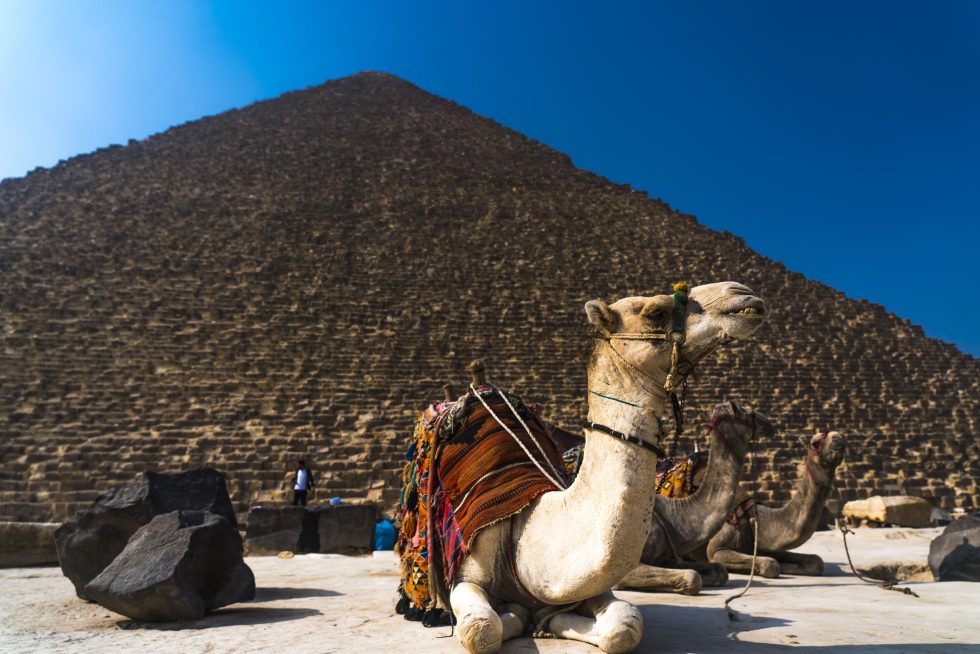How alternative Egyptology and scientific archaeology were born on the Giza Plateau

A camel in front of the Great Pyramids of Giza near Cairo, Egypt in modern times. [credit: Visions of America / Getty Images ]
In the nineteenth century, a rift opened in the study of Egyptology. Early on, men like Giovanni Caviglia and Howard Vyse, full of metaphysical notions about Egyptian civilization that were drawn from the Bible and various mystical texts, could still have their work taken seriously by the international community of scholars. Later in the century, though, as men like Samuel Birch, Karl Richard Lepsius, and Auguste Mariette moved toward a more empirical understanding of ancient Egypt, that became less and less the case.
Thus began a conflict that remains with us to this day, between the "mainstream" or "respectable" branches of Egyptology and what a steadfastly neutral observer might refer to as "alternative Egyptology"; respectable Egyptologists, for their part, tend to prefer terms like "the pyramidiots." Here's how the battle began.
The publisherThe founding text of this alternative Egyptology was published the very same year as On the Origin of Species. It was called The Great Pyramid: Why Was It Built and Who Built It? by John Taylor. Even in 1859, most sober-minded Egyptologists thought they had already done a pretty good job of answering those questions. But Taylor, needless to say, begged to differ.
Read 67 remaining paragraphs | Comments